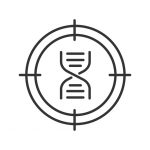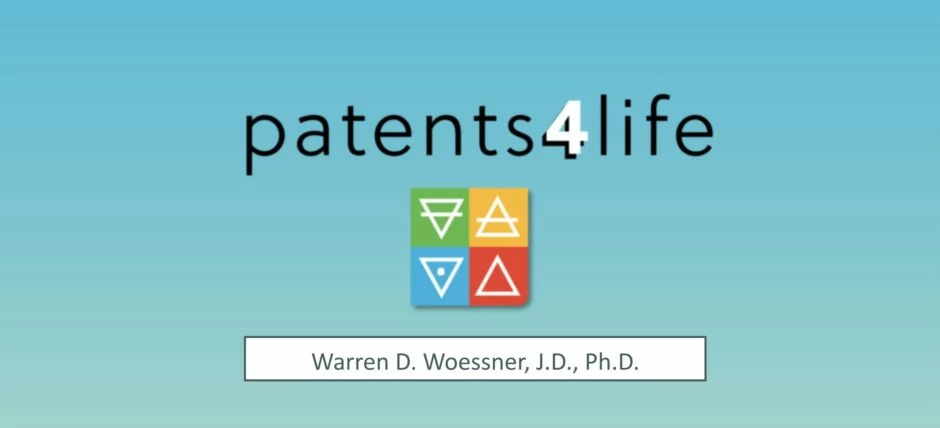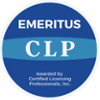 The PTAB decision reversing the Examiner’s s. 101 rejection in Ex Parte Schwartz, Appeal 2017-004975 (August 2, 2018) both demonstrates the need for more Examiner training on the ever-changing definition/identification of an abstract idea, particularly in the context of inventions in the life sciences area, as well as the fact that the PTAB can get it right.
The PTAB decision reversing the Examiner’s s. 101 rejection in Ex Parte Schwartz, Appeal 2017-004975 (August 2, 2018) both demonstrates the need for more Examiner training on the ever-changing definition/identification of an abstract idea, particularly in the context of inventions in the life sciences area, as well as the fact that the PTAB can get it right.
The claim in question is a bit awkward in its wording, but not overly complicated:
21. A method [of] selectively modulating expression of a target gene in the genome of a human cell determined to be in need thereof comprising:
determining the presence of an encoded antisense [“AS”] transcript overlapping a promoter of the target gene;
contacting the AS transcript with an exogenous gapmer or double-stranded ag[“antigene”]RNA; and detecting a resultant modulation of expression of the target gene, the gapmer comprising [definition of gapmer] and the agRNA being [definitionn of agRNA]
The Examiner rejected the claims under s 101 as directed to the “abstract idea of determining the presence of an encoded antisense transcript overlapping a promoter of a target gene.” Having concluded that the claim failed Step 2A of the Mayo/Alice step, the Examiner conducted the Step 2B inquiry and ruled that the additional claim elements do not add “‘significantly more'” than this abstract idea because they describe “‘conventional techniques that do not add meaningful limits to practicing the abstract idea.'” Continue reading








